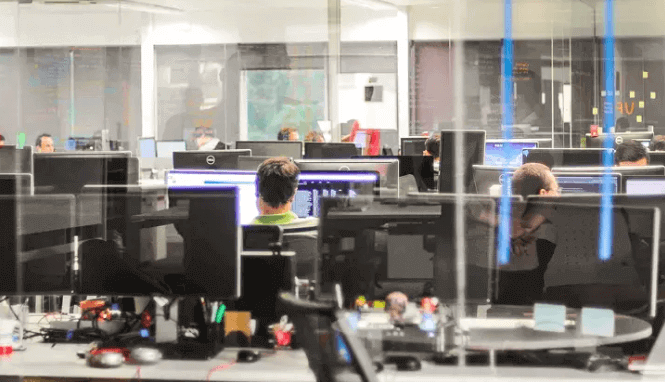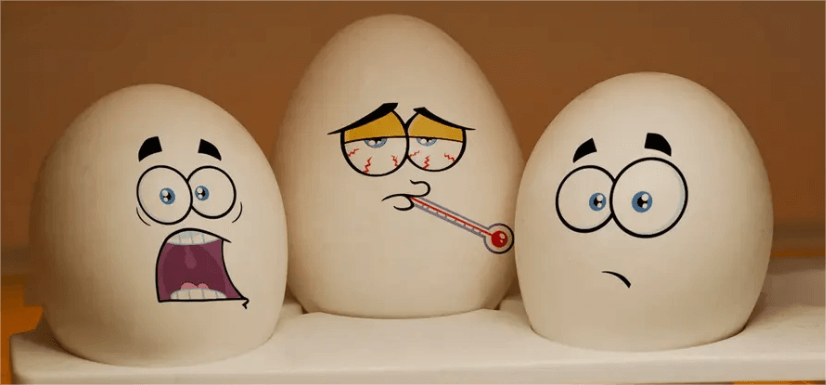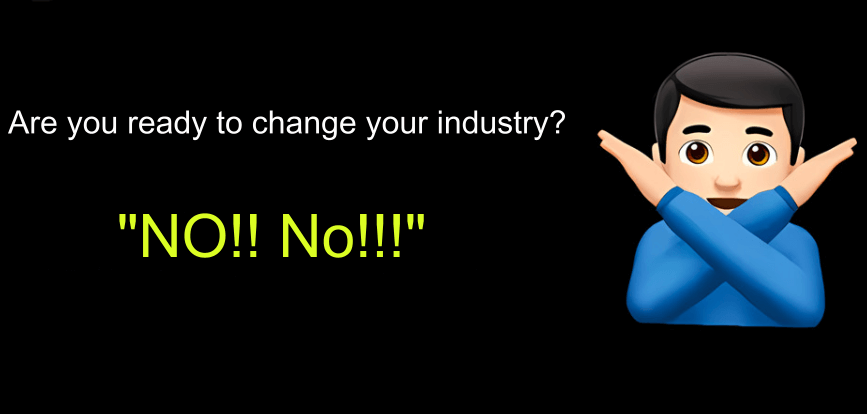With the release of OpenAI's O1 model, we may be witnessing the dawn of a profound transformation in the professional landscape. O1 represents not only the most significant update to the foundational large model since GPT-4 but also a critical milestone in the development of generative AI. This shift could mark the beginning of the end for many traditional professional white-collar roles, as AI's capabilities in handling complex tasks improve and reshape how we work.

The Revolutionary O1 Model
OpenAI’s new O1 model is not just another iteration of GPT; it is a game-changer. While previous models like GPT-4 have focused on addressing “immediate tasks” by responding without hesitation, O1 takes a different approach. It is designed to solve complex problems by breaking them down and reasoning through each part slowly and methodically. This process, known as "chain of thought," leads to more accurate results but requires more time to achieve them. For example, O1's accuracy in solving international math Olympiad problems is an impressive 83%, compared to GPT-4's mere 13%.
This new model removes a major barrier on the path to the "AI Agent" era. Until now, generative AI's most common application has been in chatbot technology. However, as O1 and models like it become widespread, our interaction with AI will fundamentally change. Instead of asking AI questions one by one and expecting immediate responses, we will be assigning complex tasks that may take time to process and deliver well-thought-out results. AI will work more like humans, offering more value in daily tasks, which implies significant disruptions to professional white-collar workers.
The Fate of the White-Collar Professional
Let’s take a moment to reflect: what professions were you aiming for during your school years? Which industries did you aspire to join? And what did you actually end up doing after graduation? For many, the answer will point toward the so-called “professional white-collar jobs.” A decade ago, students in business schools aspired to careers in finance, consulting, or management trainee positions in large multinational corporations or state-owned enterprises. Many chose to work for the “Big Four” accounting firms in auditing or tax consulting, as these jobs were plentiful and often came with a residency permit in large cities.
What do these jobs have in common? They are all part of the "professional services" sector or professional service roles within comprehensive businesses. These roles, broadly defined, can even include enterprise software and consumer internet industries. The common traits are as follows:
They belong to the tertiary (service) sector, not agriculture (primary sector) or manufacturing (secondary sector).
"Professional" refers to both the service and the professionals offering it. A university degree is a minimum requirement, and many workers possess postgraduate qualifications or professional certifications.
Professional service firms are highly intellectual labor-intensive organizations. Their most valuable asset is the intelligence of their employees. Capital and equipment are important but secondary to human talent.
Services provided are expensive, and the price per client is typically high. Even after accounting for non-labor costs and company profits, employees still receive high wages.
In developed countries, professional service industries are epitomized by doctors and lawyers. Even those without a college education know these professions are well-respected and lucrative. In popular culture, such as in the film Election 2, the protagonist, a powerful gang leader, proudly claims, “My son is a doctor, my son is a lawyer,” when asked if he will pass his position to his children. Across Western cultures, and even in Hong Kong and America, becoming a doctor or lawyer is a prestigious and desirable goal for parents and their children.
The Threat to White-Collar Work
But what defines these professional service roles? What resources are required for individuals to enter these fields? At the core, most of these industries are highly regulated, requiring licenses, such as law firms and individual lawyers needing legal licenses. Doctors, accountants, and finance professionals must also be licensed. Licenses ensure compliance with legal regulations and are a basic assurance of competence.
In addition to licenses and capital, "professional knowledge" is a key requirement. However, this knowledge doesn’t always correlate with creativity. For instance, in the movie The Shawshank Redemption, Andy, a banker, gains favor with prison guards by advising them on how to legally reduce their taxes. Andy wasn’t a tax advisor, but his banking experience gave him enough knowledge of tax law to solve the problem. This wasn’t due to creativity but rather experience and memory.
In professional services, knowledge serves two main purposes: it creates information asymmetry—I know something you don’t—and it builds familiarity and expertise through repetition. Over time, practitioners realize that knowledge is not the highest barrier to entry. Instead, the long-term relationships and personal brand developed over years of work become their greatest asset.
But what happens when AI like O1 becomes proficient in these very tasks?
AIGC and the Disruption of Professional Services
The rise of AIGC (Artificial Intelligence-Generated Content) is already posing a serious threat to professional service sectors, particularly those in middle and lower-tier white-collar roles. Even before the advent of modern deep learning, IBM’s Watson AI attempted to replace some functions of doctors. In countries like the US and UK, where medical professionals are in short supply and healthcare systems are overburdened, many doctors welcomed the idea of AI assistance. While IBM's efforts fell short, today's ChatGPT can already offer rudimentary financial, tax, legal, and even medical advice. Its only limitation is its inability to be legally accountable for its recommendations.
With the legal frameworks surrounding AI still developing and vertical applications becoming more refined, AIGC may soon render many white-collar jobs obsolete.
During my decade-long career in financial institutions, I witnessed firsthand how information technology disrupted this ancient and once-arrogant industry. Capital markets, the most lucrative and prestigious part of the financial sector, were particularly hard-hit. Electronic trading, for instance, has almost fully automated what was once a highly manual process. The advent of fintech companies has similarly revolutionized asset and wealth management, industries traditionally considered highly technical.
A New Era for AI and Work
AI large models like O1 differ fundamentally from previous technologies. They understand natural language, generate content, and leverage vast amounts of human knowledge. They can take on both supporting and central roles in completing professional tasks. Even programmers, whose work once shook other industries, are now facing a seismic shift due to AIGC.
While today’s O1 may still make simple arithmetic errors, the path forward is clear. Within three, five, or ten years, generative AI could be handling the majority of white-collar jobs. What will this mean for the future of professional services? Mass unemployment? The transformation of once sunrise industries into sunset sectors? Or the dramatic reduction in the need for human labor? These are serious questions that will need to be addressed, and the answers are far from clear.
However, there is hope. Just as the Industrial Revolution created new industries, the AI revolution may open new doors for employment. Jobs that involve inspiring, motivating, and emotionally engaging with others may offer safe havens for human workers. As humans, we thrive on connection and empathy—qualities AI may never fully replicate.
Conclusion:
The release of OpenAI's O1 model marks the beginning of a new era, one in which AI has the potential to perform tasks once thought to be the exclusive domain of highly educated professionals. As generative AI continues to evolve, industries across the board will face profound disruptions. How we adapt to these changes will shape the future of work and society as a whole. But one thing is certain—humanity's unique capacity for emotion and connection will remain an irreplaceable asset in this new world.






